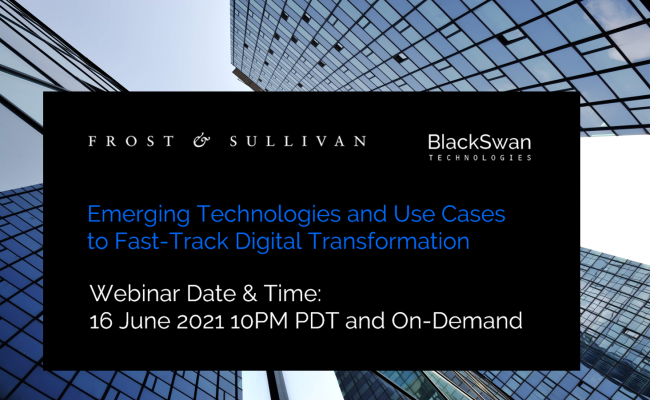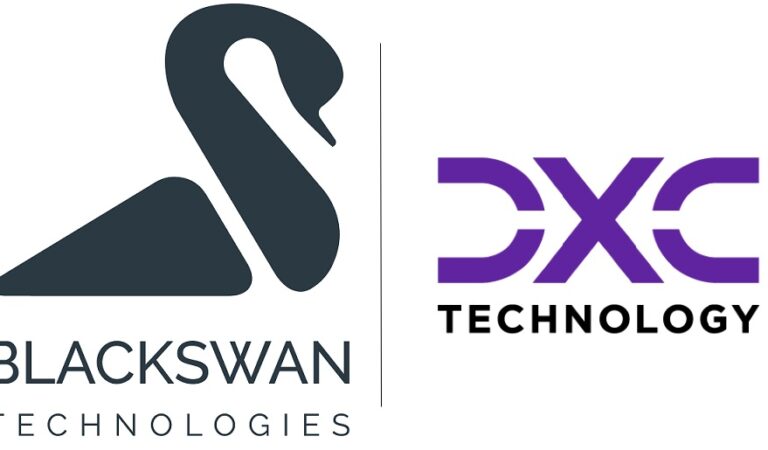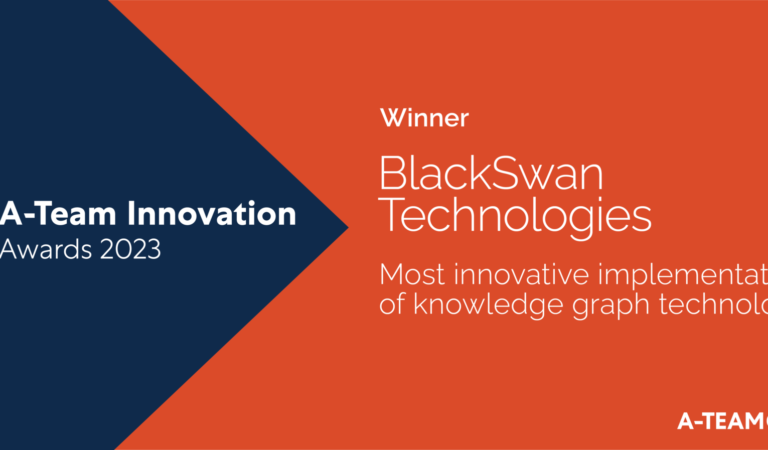
Jun. 29, 2021
How Emerging Technologies Can Ensure Your Digital Transformation Is Not One of the 70% that Fail – webinar recap.
By Sooraj Shah @ BlackSwan Technologies
‘Fail fast’ and stop relying on monolithic data lakes, says BlackSwan Chief Engagement Officer Lior Perry
Digital transformation is not as easy as turning a switch on and off, nor is it like any other project, as it empowers a company to continue to evolve and innovate after the initial foundation, culture and technologies are put into place. So how can organisations across all sectors use emerging technologies to overcome some of the fundamental challenges they face with their digital transformation initiatives?
A recent webinar led by Frost & Sullivan and featuring BlackSwan Technologies aimed to answer this question, providing an in-depth look at emerging technologies and use cases to fast-track digital transformation.
Assessing Digital Maturity and Readiness
Organisations are not just fighting the challenges of digital transformation but also are striving to recover and grow in the wake of a global pandemic. Every industry has felt the impact of Covid-19, with Frost & Sullivan research finding that sectors like transformational health had a net positive impact, while the likes of banking and financial services had a net negative impact.
However, Aroop Zutshi, partner at Frost & Sullivan, advised business leaders to not focus on the impact assessment of the pandemic, but rather on realigning their business with emerging growth strategies.
“Look at ways in which you can transform your business and that’s where digital technologies come in, and that’s where the impact comes in,” he said.
Zutshi added that many of the companies who survive beyond the pandemic will have been digitally enabled.
“Those who have undergone digital transformation can withstand the pressures they’ve had in the last 12-18 months,” he said.
This has also alerted those companies that have not yet undergone digital transformation, or have been slower to transform; a Fortune Magazine report found that Fortune 500 CEOs believed that the pandemic would accelerate the pace of digital transformation in their organisation, while Frost & Sullivan’s own analysis found that even organisations that didn’t invest in digital transformation before the pandemic are accelerating to prevent the digital gap widening into a chasm.
This is perhaps why Zutshi explained that many CIOs that Frost & Sullivan have spoken to find it extremely difficult to assess the current state of digital maturity. This is important as if an organisation isn’t able to assess this, then it will also not be able to know what it is striving to be, and where there are gaps within departments or functions that need digitising.
Why 70% of Digital Transformations Fail
The lack of understanding around digital maturity could subsequently lead to many failed digital transformation initiatives. In fact, according to McKinsey, around 7 in 10 digital transformations fail, and just 16% of executives say their digital transformation efforts are succeeding.
During the webinar, a member of the audience touched upon this high rate of failure, and suggested that one of the reasons for the failure of adoption is the perception of complexity. The executive wanted to know how failure should be perceived.
BlackSwan Technologies’ Chief Engagement Officer, Lior Perry’s key advice was to “embrace failure and fail fast”.
“So many projects fail and so you have to be pragmatic about it, you have to shorten the timeline and be efficient in tapping into the data and then performing whatever it is that addresses a particular challenge,” he said.
Avoid Monolithic Data Repositories
Zutshi then asked what Perry’s message would be to a C-Suite from an organisation that is still contemplating digital transformation.
“When we speak to many of the C-Suite, for them digital transformation is about the monolithic data lake or monolithic data warehouse – and this is the wrong perspective of looking at [transformation]. When you look at monolithic, it is cumbersome and unachievable; [but] you don’t need to merge everything in order to benefit from it – instead, organisations should be able to reach out to what they need and just build it,” Perry explained.
“Organisations already have an amazing essence, and know-how, which is manifested in the technology they have. I would tell the C-Suite ‘your operational systems are perfect – if they weren’t then you’d be out of business’. When you try to merge two effective systems together, this is when things break – don’t do it, reach out, fetch the necessary information, do it serverless, ad-hoc, build it and if it makes sense then use it, if not then amend it – this is the way to compete and drive forward transformation,” he added.
How BlackSwan Can Help
BlackSwan’s flagship product ELEMENT™ supports the key requirements for systematic, enterprise-wide adoption of artificial intelligence.
“The challenge for an enterprise may be very small or huge, meaning it requires a multitude of sources, decision points and processes. What BlackSwan provides with ELEMENT is an AI operating system that is an infrastructure which addresses the entire digital transformation challenge – all the way from getting the sources, utilising the data, applying analytics on top of the data and then packaging it as applications for the specific needs of the clientele,” Perry explained.
Find out more about ELEMENT here.
Watch the full Frost & Sullivan webinar here.
Sooraj Shah is a Content Director at BlackSwan Technologies. He has a decade of experience in writing business technology content for global publishers and technology vendors, specializing in Digital Transformation and CIO priorities.



